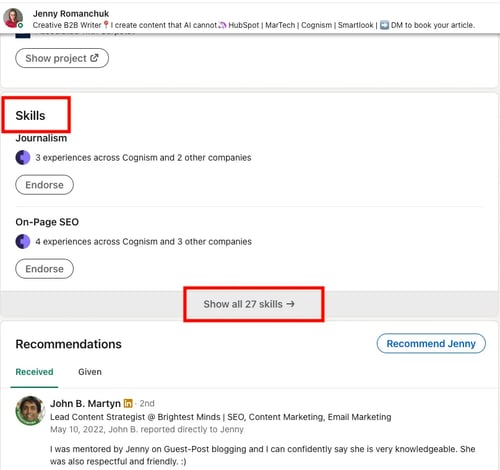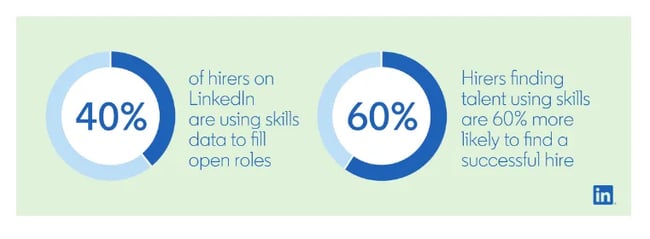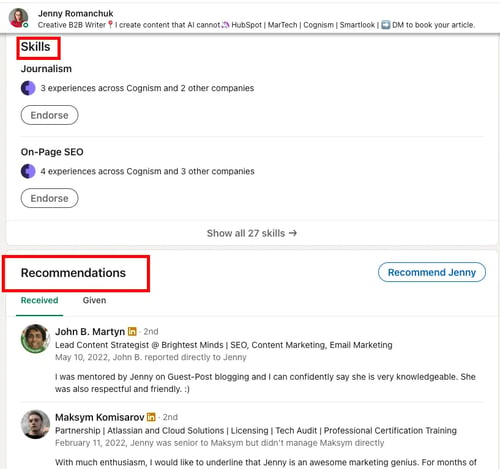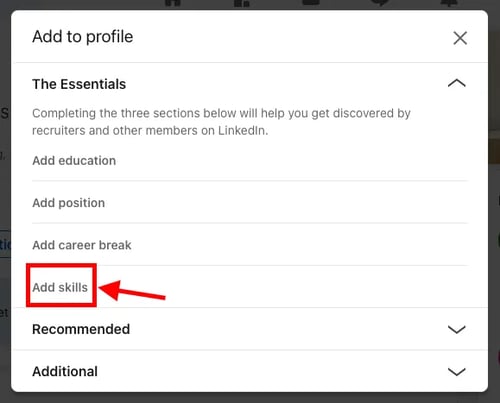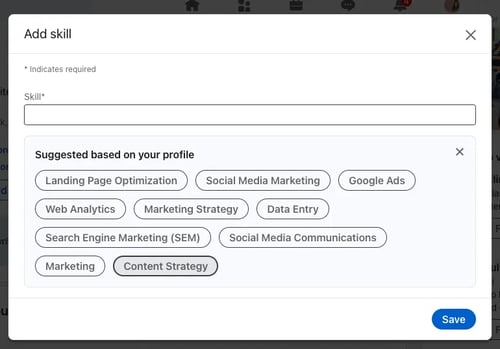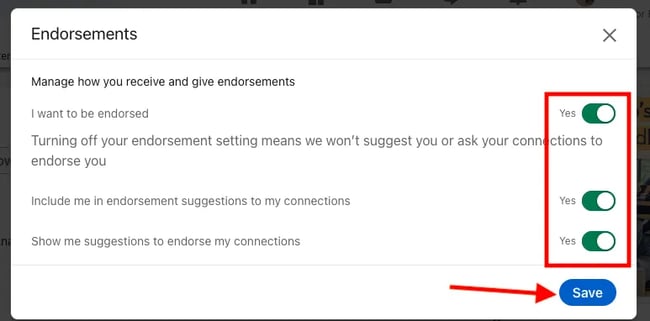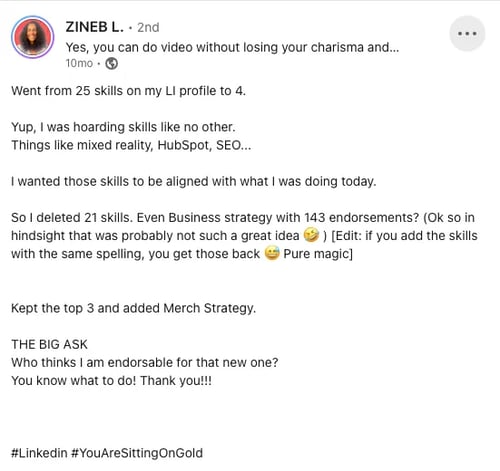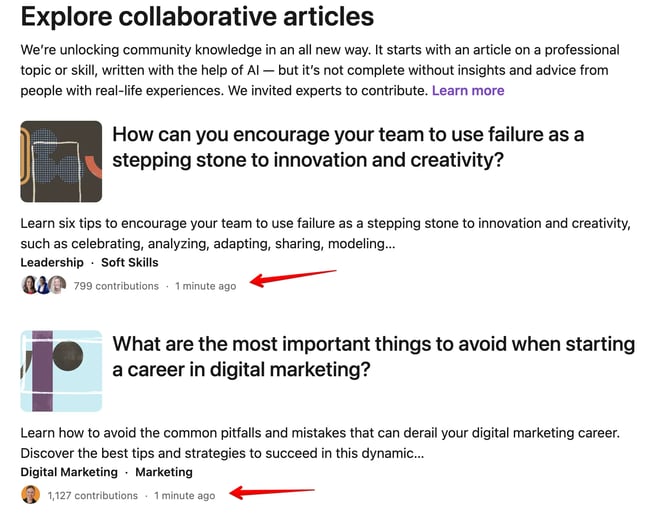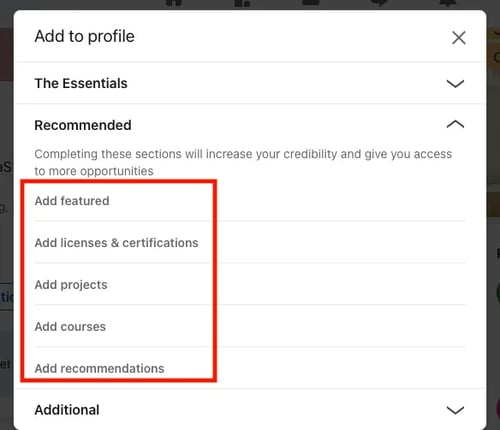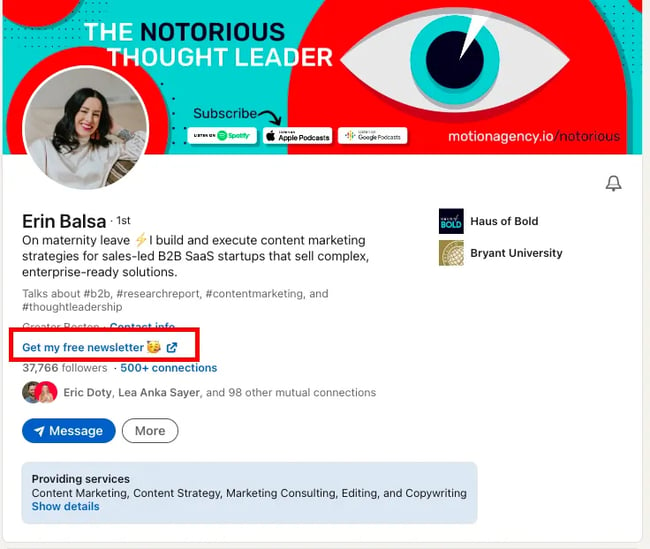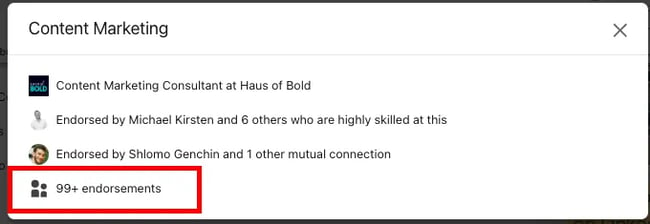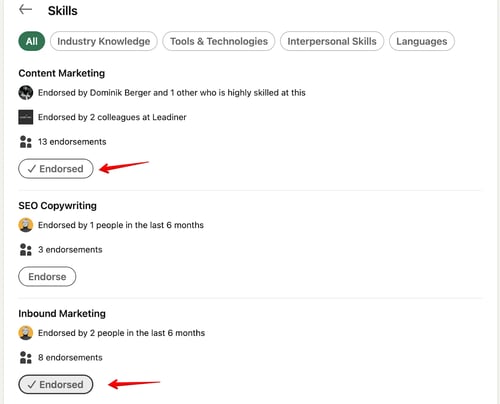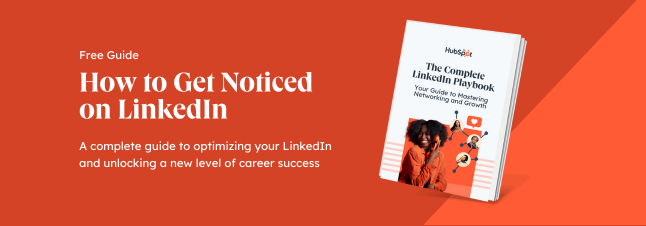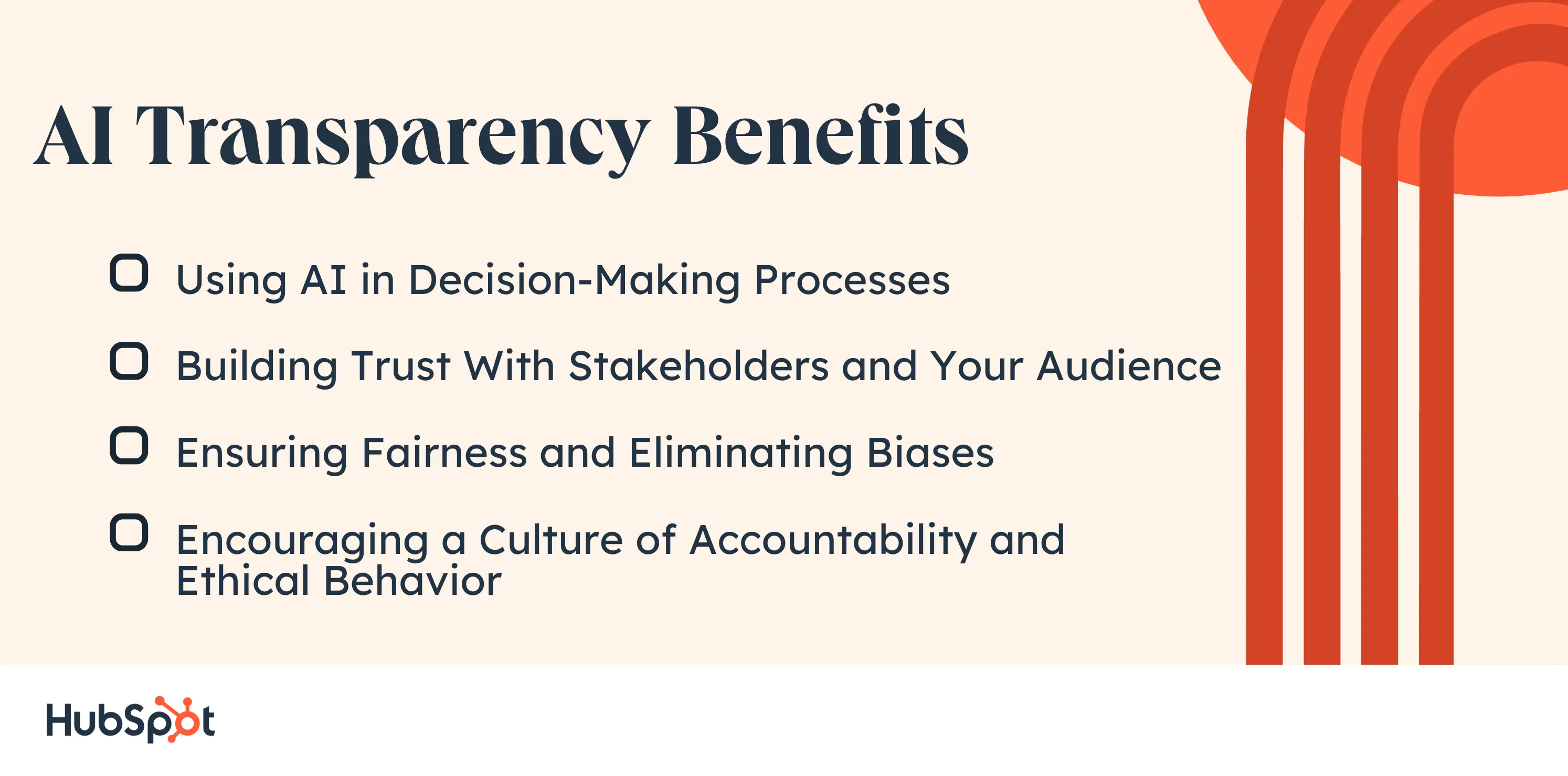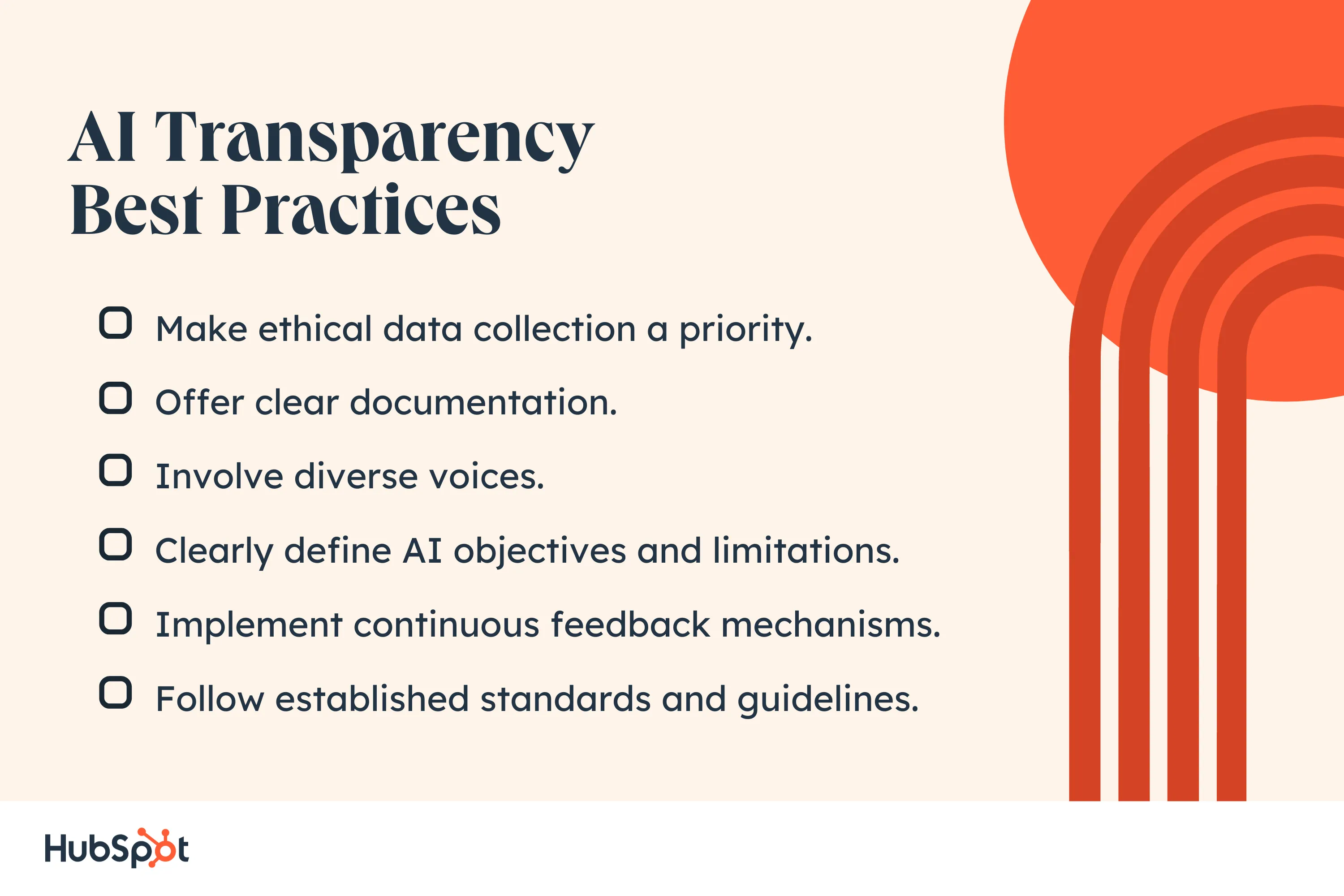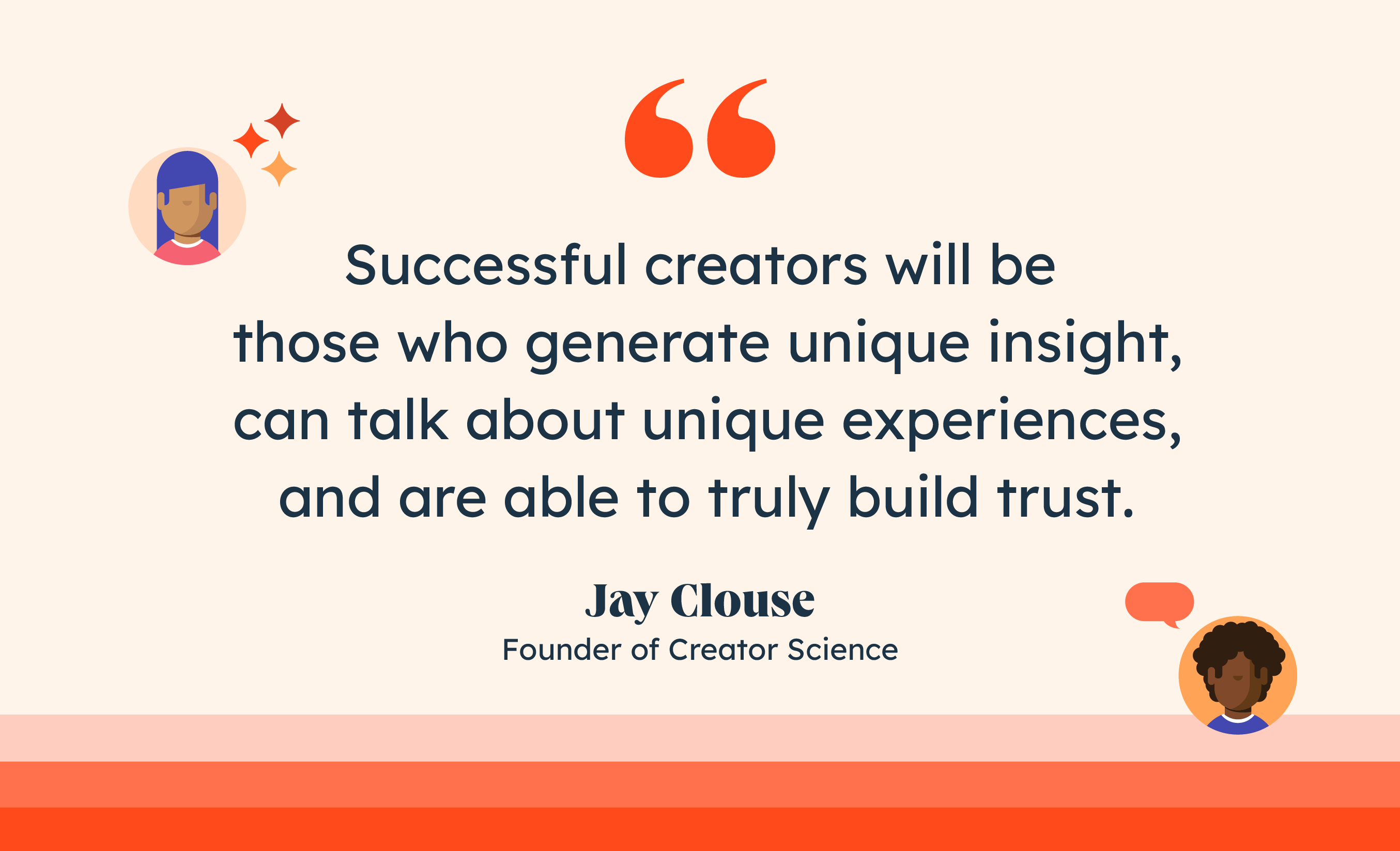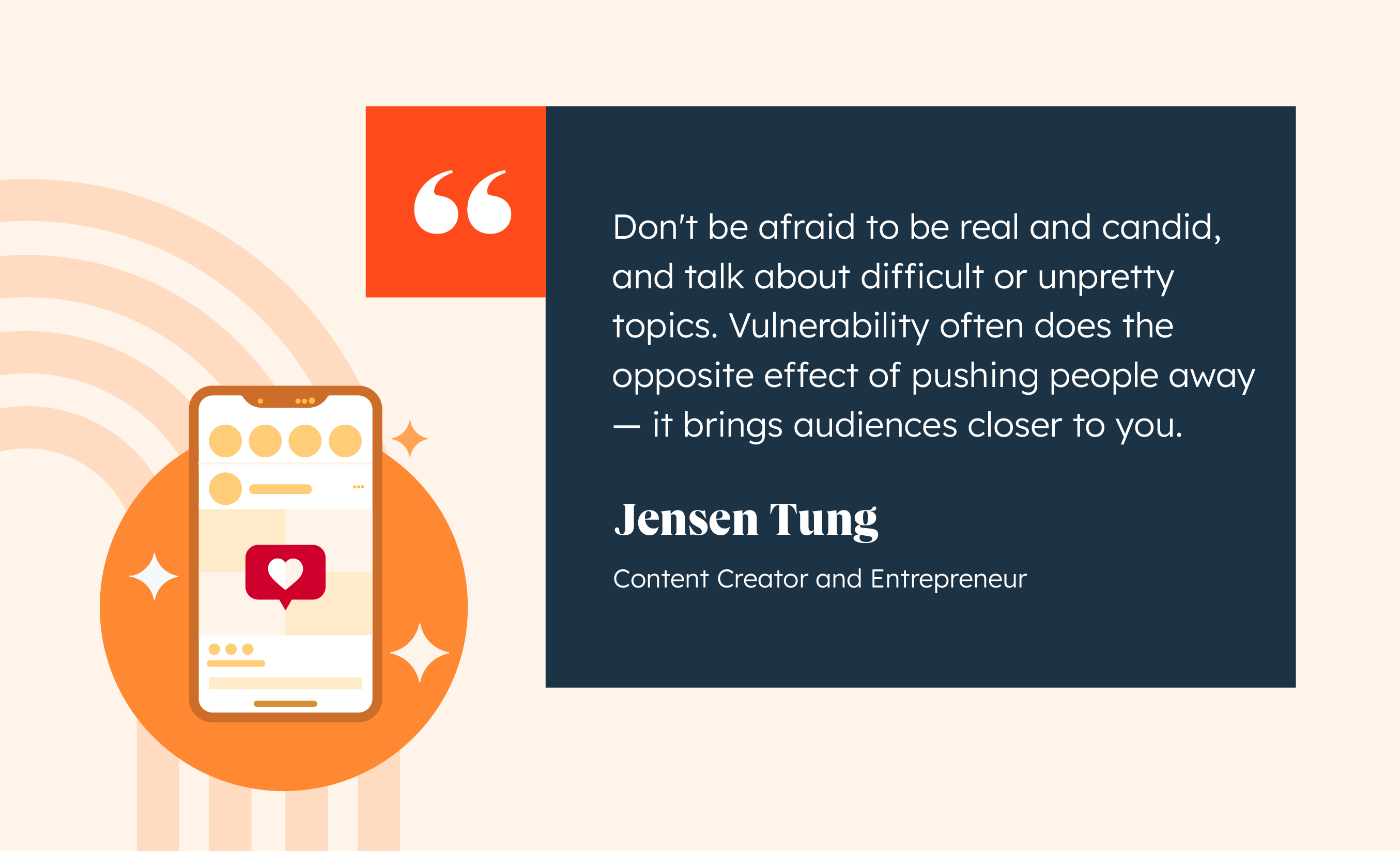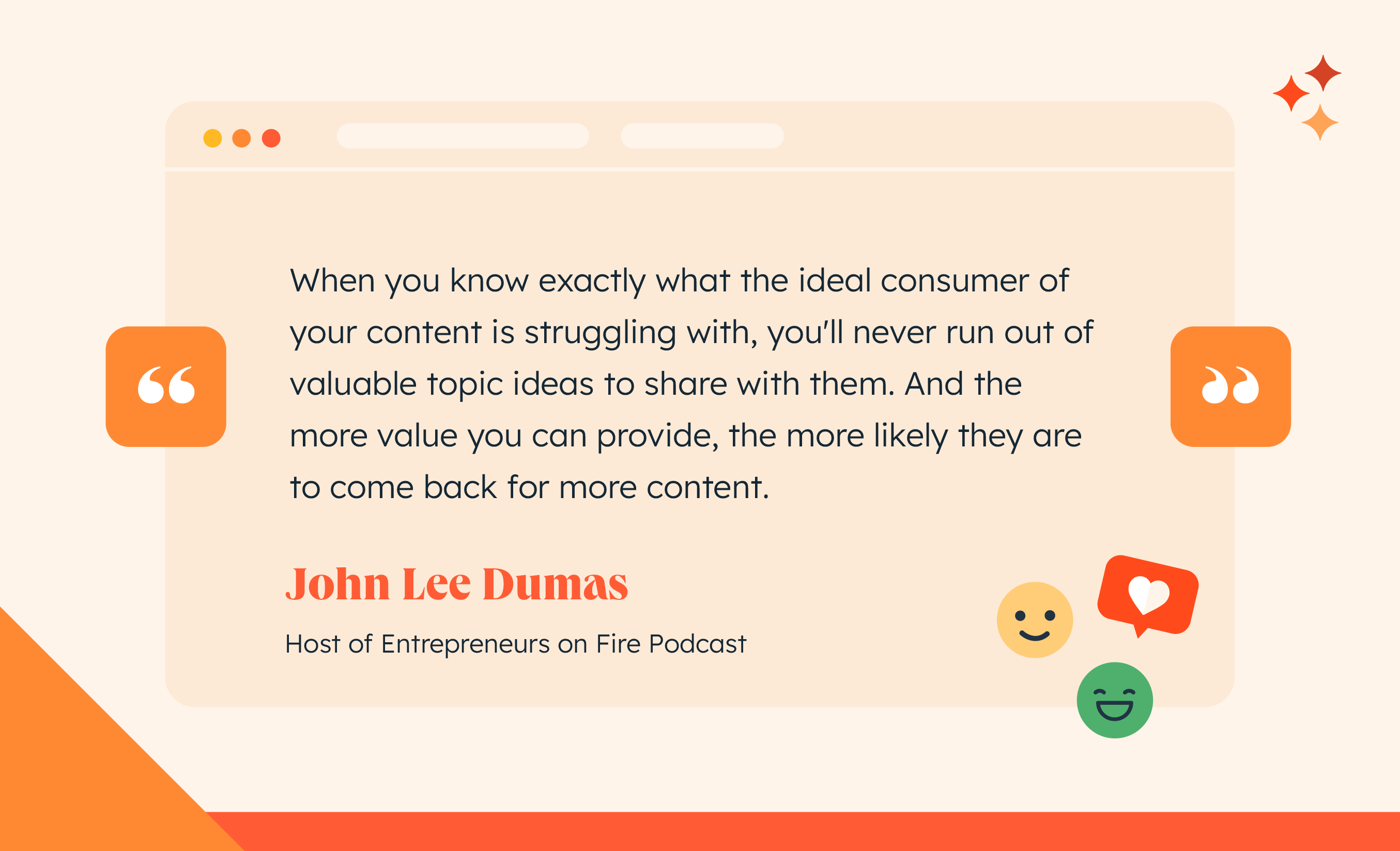Email marketers spend a lot of time drafting poignant email copy, designing wonderfully branded email templates, and crafting enticing email subject lines in the hope of getting it open and skyrocketing click-through rates.
But email deliverability is key to your success.

Despite knowing the best practices for email deliverability (a.k.a. ensuring your email is getting delivered to the right inbox) and boosting deliverability rates, most marketers fail to figure out why their emails disappear after being sent.
In this blog, we cover the following:
Imagine you send mail to a friend with a missing sender name. The post could end up in the trash because of the unknown sender. Similarly, emails may get delivered to the recipient’s email address but end up in a spam folder or marketing folder.
The term email deliverability may often be confused with ‘email delivery.’ While both the terms direct toward email delivery, there is a striking difference between the two terms.
Email Delivery vs. Email Deliverability
Email delivery measures the number of emails that were delivered successfully, no matter the folder. It tells if the recipient’s mail server has accepted the email file and delivered it to the receiver.
Precisely, it calculates the percentage of emails that didn’t bounce out of the sent emails.
Email deliverability is akin to the number of emails that reach the right destination. Also known as inbox placement, it calculates the percentage of emails that get delivered to the priority inbox.
An email deliverability rate of 100 emails, out of which 33 ended up in the spam folder, is 66%.
An easy summary of this email delivery vs. email deliverability comparison is:
- Email delivery = How many emails were delivered?
- Email deliverability = How many emails were delivered to the recipient’s inbox?
Delivery issues may be due to faulty email addresses, problems with your infrastructure, or too much negative feedback on the email address.
Deliverability issues arise due to outdated sending and permission practices, violating a law, or receiving too many spam labels by the receivers.
Why does email deliverability matter so much?
Email deliverability is crucial for higher ROI. For every $1 spent, email gives an ROI of around $36. Even if the email delivery rate is around 97% for the 1,000 emails sent, there are still 30 emails that bounced back.
Now, consider the open rates. The open rates might oscillate around 30%-40%. One of the major reasons for the low open rates could be email deliverability.
Emails that end up in the spam folders or the promotional folders have lower open rates because they are often overlooked.
For email marketers, getting higher open rates is imperative. And to ensure that, it is important that every email that you send should end up in the inbox.
What affects your email deliverability rate?
There is no single factor that affects the email deliverability rate.
Chances are that you could be doing various wrong things or just one mistake to get your emails marked as spam. The good thing is that these factors are in your hands and can be fixed by iterating your mistakes.
Sender Reputation
Whenever a marketer or an organization sends an email, the ISP assigns a sender score based on the recipient’s actions. The scores vary on a scale of 0-100.
A lower sender score means more recipients are unsubscribing or marking your email as spam. Out of various factors that affect your email deliverability rate, the sender score matters the most.
Email Content
Email subject and email content are imperative for boosting credibility and engagement levels. A compelling email subject line and enticing email content will have longer read times and higher open rates.
With these two factors, no ISP will mark your email for suspicion or flush it into the email spam folder.
Email Infrastructure
Despite everything being on the cloud, email deliverability largely depends on the software and hardware systems.
The email system works much like a real-life postal service system.
After you write a letter and dispatch it for delivery, the postal services, people who sort the letters, and delivery persons involved in delivering the posts to the receiver’s doorstep.
In the same way, email deliverability depends on the three hardware and software structures- mail servers, agents, and IP addresses.
If you have a high volume of email, you need a dedicated IP that provides robust and seamless email infrastructure. To know more about the dedicated IP addresses and how to connect to email addresses, click here.
Spike in Email Volume
No one likes their inbox flooded from the same sender at once.
Whether you are running promotional campaigns, launching a product, or having a big announcement for the subscribers, the emails should be sent at a fixed interval.
Spam emails have erratic patterns and are sent out in large volumes in short intervals.
Sending emails over a fixed time interval gives a positive sign to your ISPs that the emails sent are ethical and legitimate. Not to forget, the best time to send your emails drastically affects the open rates.
Keeping in mind, take a look at the things you should never do in your email marketing if you want your messages to be successfully delivered. And the things you can proactively do to increase your email deliverability rates.
24 Ways to Avoid Sending Spam Email & Improve Your Email Deliverability
1. Don’t buy or rent email lists.
Yes, you can legally rent and purchase lists of people who have agreed to email communications — but it’s never a good idea.
Not only is it a dirty email marketing tactic that goes against the Terms of Service for your email service provider, but these people don‘t actually know you — and it’s likely they won’t even want your emails.
In other words, there‘s a good chance they’ll mark you as spam.
Plus, let’s be honest … high-quality email addresses are never for sale.
2. Don’t email people who have bounced repeatedly.
Bounce rates are one of the key factors internet service providers (ISPs) use to determine an email sender‘s reputation, so having too many hard bounces can cause them to stop allowing your emails in folks’ inboxes.
Hard bounces are the result of non-existent email addresses and domains and typos in the recipient’s email address. The re-attempt to send the same emails will further aggravate the bounce rates, which is a red flag for the ISPs.
3. Don’t use all caps anywhere in your email or its subject line.
Using caps in email subject lines lowers the response rate by 30%. It looks like you are shouting at your audience, making your email less readable and disinteresting. It’s annoying and can seem spammy.
Instead of using disruptive tactics like all caps to get people’s attention, try personalizing your emails and using catchy and delightful language. (Read this blog post on how to write compelling emails for more tips.)
4. Don’t use exclamation points!!!!!
Even the smallest of symbols can drastically change the destiny of your email. Using too many exclamation points seems unprofessional and dominating in a way. You don’t need any fillers to get your emails noticed.
And when 69% of email recipients report email as spam based solely on the subject line, you’ll want to stay away from triggers like this as much as you can.
Plus, when you ask for punctuation to do a word’s job, it can really dilute your message.
The next time you’re tempted to use an exclamation point in an email (or anywhere, really), use this flowchart as a gut check.
5. Don’t use video, Flash, or JavaScript within your email.
By default, most email clients don’t allow the ability to view rich media like Flash or video embeds.
As for JavaScript and other dynamic scripts, even if a spam filter allows your email through, most email clients won’t allow these scripts to function — so avoid using them altogether.
Instead, use an image of your video player (with a play button) that links to the rich media on a website page. If you want to communicate your video idea even better, you can incorporate a GIF (with a link) and track the click-through rates thereafter.
To clear your doubts about embedding videos in emails, read our guide on the best ways to embed videos in emails.
6. Don’t include attachments to your emails.
Yes. The statement sounds vague, but including the attachments to your cold emails is never a good idea. An email with a short wall of text and all the first-hand information in the attachment could possibly be left unnoticed.
Also, the receivers consider the first emails with attachments as spam or malicious. This worsens the chances of getting your email to the spam folder.
Upload the attachment to your website and link to the file location in your email using an effective call-to-action button. This will minimize the chance of being blocked by spam filters and decrease the load time of your email.
(HubSpot users: HubSpot’s attachment tool in the email editor automatically does this for you. Simply highlight a bit of text or an image and click the attachment icon, and HubSpot will turn that text or image into a link leading to that attachment.)
7. Don’t use spam trigger words.
One of the easiest ways to avoid spam filters is by carefully choosing the words you use in your email’s subject line.
A good rule of thumb is this: If it sounds like something a used car salesman would say, it’s probably a spam trigger word. Think “free,” “guarantee,” “no obligation,” and so on. (For more, look at this list of common spam trigger words.)
Instead of using these trigger words, be creative, interesting, and informative — without giving too much away. Some better ideas for subject lines include:
- “Hi [name], [question]?”
- “Did you get what you were looking for?”
- “You are not alone.”
- “Feeling blue? Like puppies?”
8. Don’t forget to use spell check.
Spelling and grammar mistakes are the most embarrassing email offenses.
According to a report by Grammarly, around 93% of the respondents made email typos and blunders. Out of this, 63% committed embarrassing typos, while 50% were misunderstood by the recipients.
To maintain good email etiquette, it is really important that you avoid typos. And, it‘s easy for little spelling mistakes to slip by — especially when you’re self-editing.
Read this post to learn the most common spelling and grammar mistakes so you never make them again.
9. Don’t jam pack your email copy with keywords.
Keyword-stuffing your emails means shoving as many keywords into your emails as you can. There‘s a reason Google gives a lower rank to web pages that are stuffed with keywords — and that’s because it’s harmful to user experience.
To make it more likely folks will open your emails and not mark them as spam, write your emails for humans, not robots.
Copywriting that makes people want to take action is both simple and compelling. To make your writing sound more personable and relatable, use casual language, colloquial expressions, and even personal anecdotes.
I love the example below from Turnstyle Cycle (from our roundup of great email marketing examples). The copy is beautiful in its simplicity. It’s friendly yet sincere — especially with the following lines:
- “We know you are busy and would hate to see you miss out.”
- “Please let us know if we can help accommodate in any way possible.”
- “Feel free to give us a call — we want to help :)”
Plus, they provided me with the exact details I needed to know — a reminder of what I’d signed up for and when, the expiration date, and a phone number to reach them. Check it out:
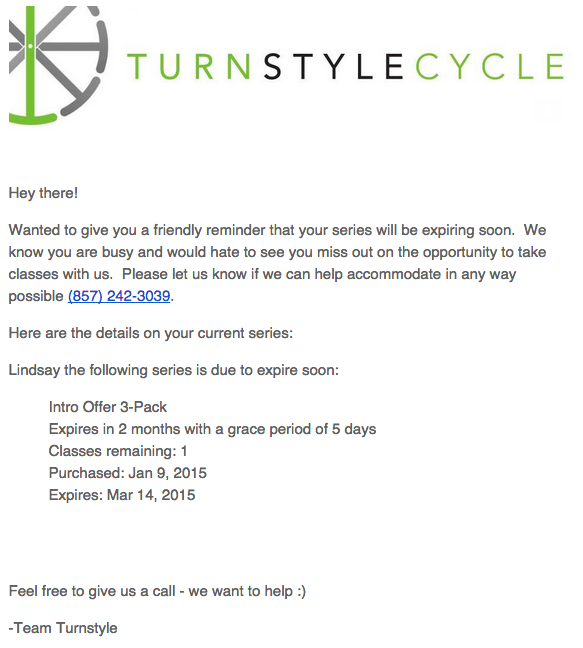
10. Don’t use an overwhelming number of images or huge images.
Using one large image as your entire email, or too many images in general, tends to end up in recipients’ spam folders. Most email recipients set their spam trigger criteria that filter heavily loaded images.
You’ll also want to make your image file sizes as small as possible without losing their visual integrity to prevent long email load times.
(If you’re a HubSpot user, the email tool automatically compresses images in emails so they load faster. For non-HubSpot users, some good image compression tools include Compressor.io, Compressjpeg.com, and Jpegmini.com.)
Not to mention, Microsoft Outlook doesn’t recognize background images, so you may want to avoid those and use a background color instead.
11. Keep your email lists current and clean.
Even if your list is entirely built on valid opt-ins, you are at risk of being branded a “spammer” if you don’t practice proper email hygiene.
Why? Because internet service providers (ISPs) base complaint rates on active subscribers, not total subscribers.
Also, expired email addresses can turn into SPAM traps, meaning that even if you acquired emails in a legitimate manner, the abandoned addresses that haven’t engaged in years may have morphed into spam traps.
Hitting even just one spam trap can cause deliverability problems.
Expired email addresses can also turn into unknown users (bounces). If you hit unknown accounts at a rate higher than 5%, then ISPs are going to see you as someone who has really bad email hygiene.
The result? They‘ll make it harder for your emails to reach people’s inboxes, and your overall sender reputation will definitely drop — leading to even more trouble reaching people’s inboxes.
By keeping your email lists current and clean, you’ll decrease the likelihood that people will flag your emails as spam. You can identify inactive subscribers and expired email addresses with metrics such as opens, clicks, or website activity.
12. Re-engage with inactive subscribers.
Even if your email list is clean, the task is still half done.
“Graymail” refers to email people technically opted in to receive but don‘t really want. This leads them to become less active or inactive altogether. Although it’s not considered spam, sending graymail is problematic because it can hurt the deliverability of your email overall.
Tipped off by low engagement rates, ISPs, and inbox providers may deliver email from known-graymail senders straight to recipients‘ “junk” folders — so the email technically gets sent (and can even appear to have been delivered), but it’s not necessarily seen.
Keep track of your inactive and infrequently active subscribers, and develop re-engagement campaigns for contacts who have stopped engaging with your messages.
For example, you could set conditions such as the length of time since their last form submission, website visit, or email click, triggering the email when it’s been a while since a contact last engaged with you.
In your workflow, you might try sending them an exclusive offer or coupon to get them excited about your company again. Or, you might ask them for feedback by sending out a quick survey to see what they would like to see in your emails.
Read this blog post for more ideas for launching an effective email re-engagement campaign.
13. Make use of double opt-ins.
Doing a double opt-in confirmation is one of the best ways to reduce email bounce rates.
Double opt-in means that after someone subscribes to your email list, you send them a follow-up email with a confirmation link, ensuring they actually want to receive email communications from you.
Here is a good example of a double opt-in email by Elementor. All I need to do is click on the “Confirm Your Email” button. It takes minutes to verify your email address, plus the reaped benefits for the sender.
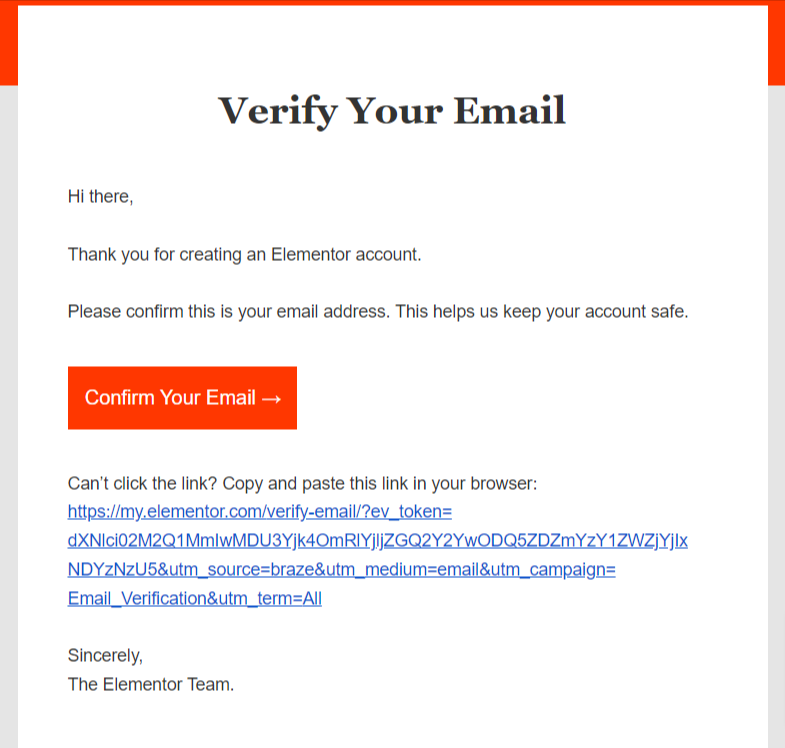
Image Source
When you use double opt-in, your email lists will be much more qualified, and your subscribers will be much more engaged.
14. Ask your subscribers to add you to their address book.
Spam filters are more aggressive than ever — so much so that sometimes, the emails people value and want to read still end up in their spam boxes.
Make sure your emails get delivered by telling the subscriber’s email server that your email is safe enough to end up in their inbox.
Thrivecart does an excellent job of making this happen. They clearly specify why adding their email address is important for the subscribers.

Image Source
When subscribers add you to their address book, spam filters will back off.
15. Include a clear unsubscribe link and physical address in the footer.
There could be many reasons why your email subscribers want to opt out of your email list. It is always a good practice to allow people to unsubscribe to maintain list hygiene.
In your marketing emails, you must include a way for folks to unsubscribe from your email list, either by simply sending a reply email or by clicking no more than one level deep to reach a page from which they can unsubscribe.
Which method you choose is entirely up to you, as long as the information is clear and easy to locate. If you wish to evoke the subscriber’s interest, here are the best unsubscribe button ideas to save your subscribers.
The most common place for these unsubscribe CTAs is in the footer of your email, so users tend to know to look for it there — which makes for a better user experience. Here‘s an example from one of HubSpot’s emails:

In addition to the unsubscribe link, include a link to update subscriber preferences, which you can also see in the example above. That way, recipients can unsubscribe from just one type of email instead of all of them.
16. Use a familiar sender name.
Besides the subject line, the sender’s name is the second most important factor that gets your email read and opened. 45% of emails are opened because of the sender’s name.
People are so inundated with SPAM that they hesitate to open emails from unfamiliar senders. Make sure recipients can recognize you as your sender by using your brand name.
After you have established trust among the subscribers, create a personalization by using the real sender’s name. Recipients are typically more likely to trust a personalized sender name and email address than a generic one.
Use the original domain name instead of sending the email from Gmail, AOL, and Yahoo.
I love this example from Userpilot that uses the real sender’s name to create a sense of personalization. The email is sent on behalf of their content head ‘Emilia’ with the use of personal pronouns like ‘We’ and ‘I’.
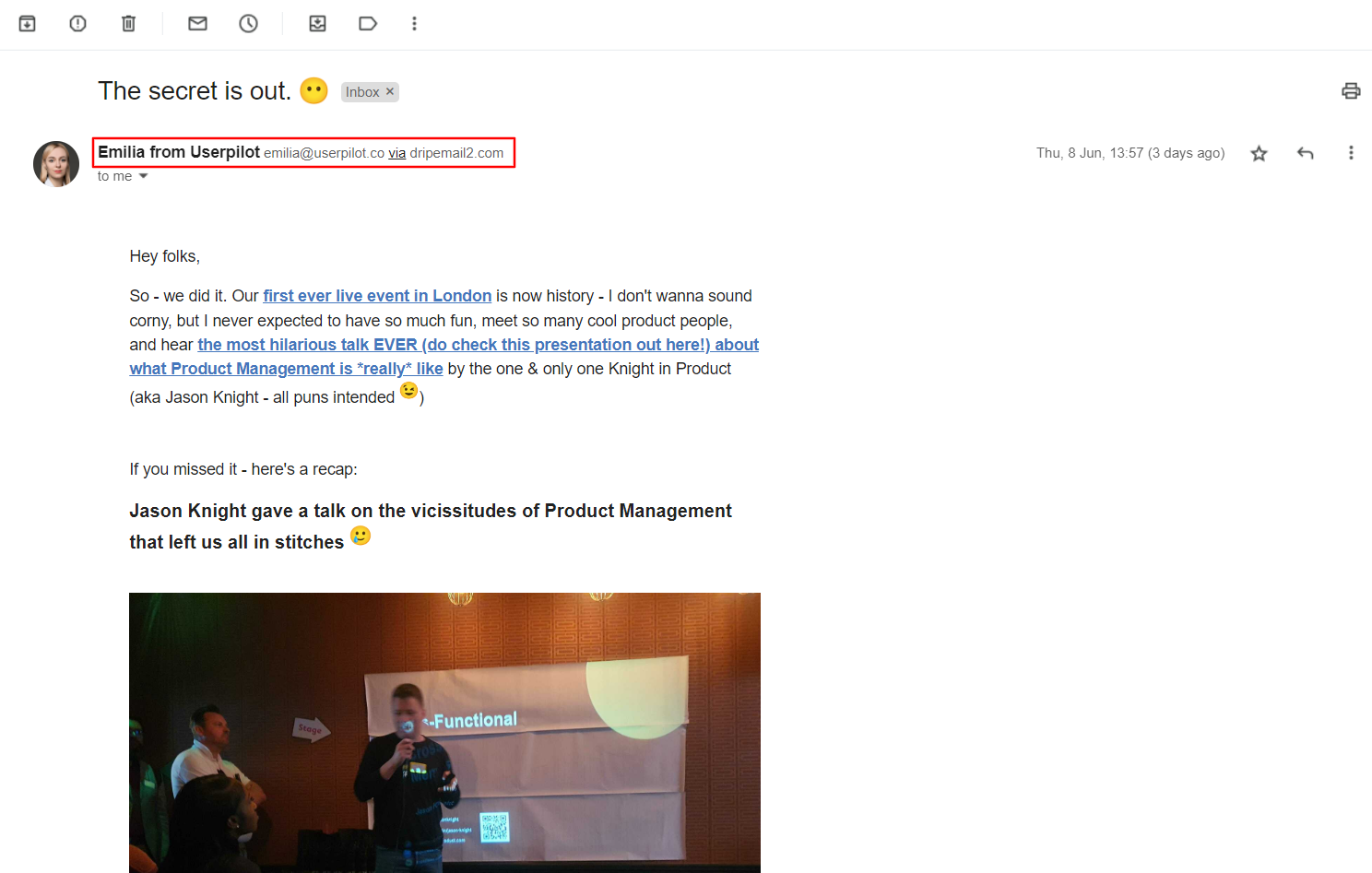
Image Source
At HubSpot, we found that emails sent from “Maggie Georgieva, HubSpot” perform better in terms of open and click through rate than emails sent from just “HubSpot.”
(HubSpot customers: Learn how to personalize the “From” name and email address here.)
17. Offer recipients both an HTML and a plain text version of your emails.
Plain text emails are simply emails void of any formatting, while HTML (HyperText Markup Language) emails use formatting that lets you design more beautiful emails with attractive visual components.
By offering both a plain text and HTML version of a single email, you‘re not only indicating your legitimacy to ISPs, but you’re also making your emails more reader-friendly.
Most email marketing tools will let you easily create plain-text versions within their email editor, so take those five extra minutes to create and optimize the plain-text version of your email.
(HubSpot customers: Learn how to create a plain-text email in HubSpot here.)
Also, make sure the HTML version is properly coded: If there are broken tags in your HTML, the email provider and users might mark it as spam.
18. Allow people to view your email in a web browser.
Even after every step is taken to ensure proper email design, an email client can still display an email poorly.
It turns out that each of these clients displays emails differently. Every email client has certain features that may not render completely in other email clients.
The way an email looks in Gmail might be different than how it looks in Yahoo or Outlook. Hence, it is crucial to include a link in every email to view the email as a web page.
(HubSpot customers: Learn how to do this easily in HubSpot here.)

19. Include alt text in your email images.
Many email clients block images by default. This means that when someone opens your email, the images won’t load unless they click a button to show them or change their default settings.
Adding alt text to your images helps recipients understand your message even if they can’t see the images.
This is especially bad if you use an image as a call-to-action. Without alt text, a “turned off” image will look like this:

When you add alt text to the image, recipients will still know where to click to complete the action:

You can either edit the alt text in your email tool’s rich text editor (just right-click the image and edit away), or you can manually enter it in the HTML editor of your email tool like this:
<a href=”HTTP://YOURLINKHERE.COM“><img class=”alignCenter shadow“ src=”YOUR CTA BUTTON Image Source HERE.JPG“ alt-text=”YOUR ALT-TEXT GOES HERE“/></a>
20. Keep your emails short and sweet.
Too much copy is another red flag for spam filters.
Not only that but people generally like concise emails better. Everyone’s busy and their inbox is already full, so why make things worse?
One of the best ways to keep things short and sweet is to write like a human.
Writing your email like you were talking to someone in real life makes it feel much more approachable and relevant.
If you do have to write a lengthier email, then break it up into multiple paragraphs. Giving visual breaks and composing the email with a clear introduction, middle, and conclusion will make it much easier for your reader.
21. Test your emails before sending them.
There are a lot of email clients out there these days that email marketers have to consider when creating emails. On top of that, we have to consider mobile users, too — after all, 41% of people read email on their mobile devices.
Since different email clients view emails differently, use the A/B testing technique to test your email copies.
While it may be time-consuming to test out your emails for all email clients, you’ll want to test them for the ones your audience uses the most.
According to Litmus’ research of 1.06 billion email opens, the top five email clients are:
- Apple iPhone’s Mail app (28% of users)
- Gmail (16% of users)
- Apple iPad’s Mail app (11% of users)
- Google Android’s Mail app (9% of users)
- Outlook (9% of users)
If your email marketing tool lets you, go ahead and preview what your email looks like in different email clients and devices that are popular with your audience.
Use the “Preview in other inboxes” feature in Hubspot to send a test email and see how the design of your email looks in each email.
You should also send out a test version of your email before you send out the real deal to ensure it’s working properly.
22. Get an email sender accreditation from a third party.
Sender accreditation is a third-party process of verifying email senders and requiring them to follow certain usage guidelines.
This is a badge of trust that adds your company email address to a trusted listing that ISPs refer to allow certain emails to bypass email filters.
23. Monitor the reputation of your sender’s IP address.
Your emails‘ deliverability depends largely on your IP address’s reputation. If you‘re sending emails from an IP address with a poor reputation, your emails are far less likely to be successfully delivered to senders’ inboxes.
DNSchecker.org lets you check on whether or not you are a blacklisted sender — something many unlucky email marketers aren’t even aware of.
24. Stay up-to-date with anti-spam laws, spam filters, and IPs filter technology.
Email marketing is constantly evolving, and staying in the know helps ensure you’re always following best practices — and the law.
Responsible and legitimate email marketers make a point of regularly reading up on email sending laws, ISP behavior, and spam filter technology.
If you‘re looking for more information, check in with your company’s legal department or a trusted lawyer to ensure you’re staying within the boundaries of the law.
Email Deliverability Test Tools
If your email platform doesn’t offer enough deliverability analytics, we suggest using other tools that can help you test for delivery issues before your message goes out to your mailing list.
Here are four free tools that you can use:
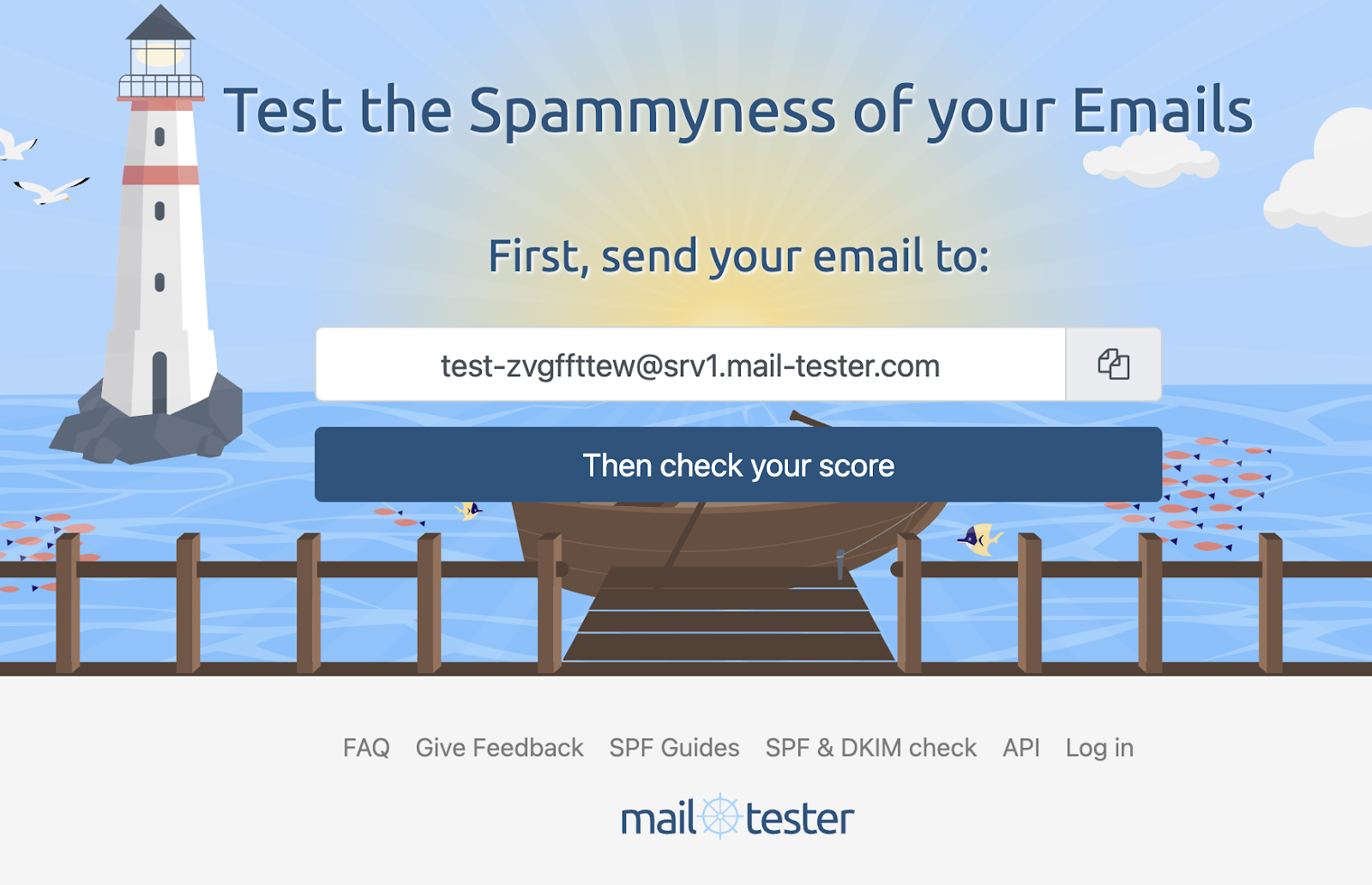
Every time someone visits Mail-Tester.com, they’ll see a treehouse with an auto-generated email address listed on it that changes every time you visit the site.
You can send your email to the address listed, then click “Check Your Score.” Mail-Tester will then give you a free email deliverability score based on the email that was sent to the unique email address.
The software will analyze the text in the message, your mail server, and IP to determine if there are any deliverability issues.
Free users can access the report for seven days. You can also subscribe for unlimited email tests and reports that last for 30 days.
![]()
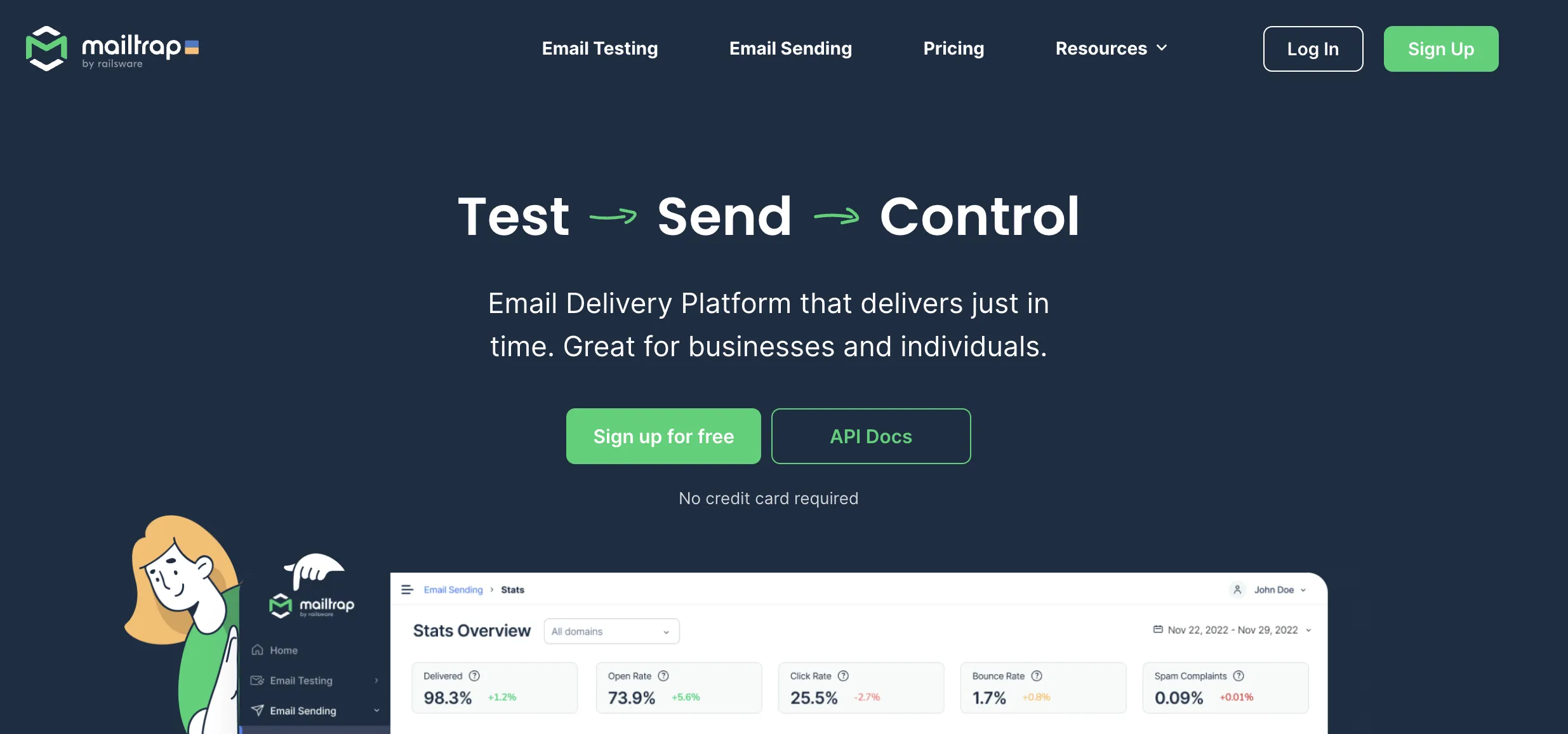
Mailtrap is an email testing tool that allows you to run numerous email experiments in a safe testing environment. It captures your test emails and provides options for inspecting and debugging your templates.
With Mailtrap, all your email tests are neatly organized in one place and can’t be sent to real subscribers by mistake.
Each email captured into Mailtrap’s inbox gets a spam score with a detailed breakdown of factors affecting the result. The higher the score, the better odds an email has of reaching the recipient’s inbox.
With Mailtrap, you can check whether your domain is featured on common blacklists. If it is, you may want to address this before sending the next campaign.
This tool can also help you validate the HTML and CSS properties of your template to avoid rendering issues.
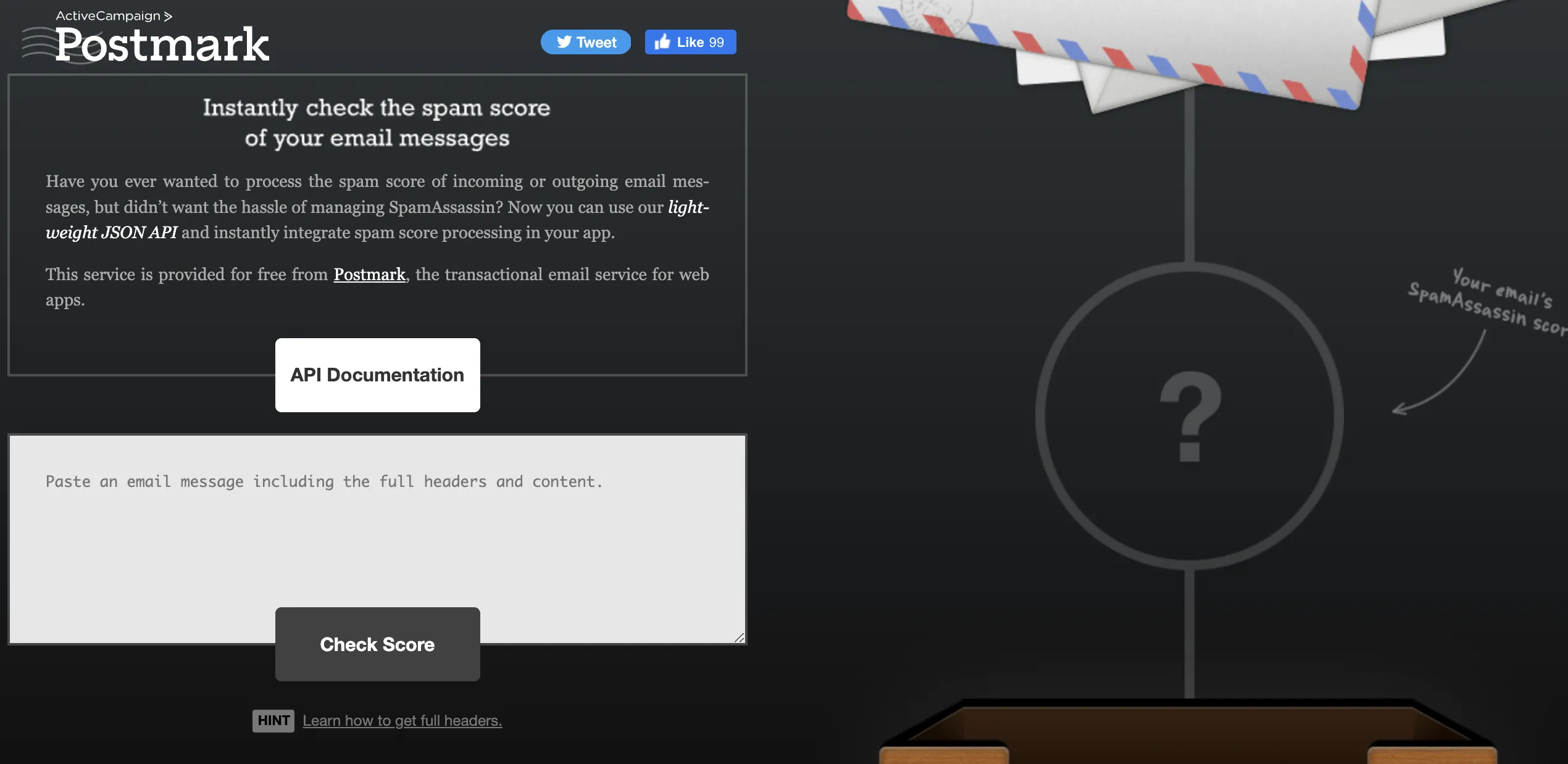
Spamcheck is a simple and free tool that allows you to paste a plain text message into a text box and analyze it for any language that might trigger spam filtering.
After placing the text and clicking “Check your score,” the software will give you a score out of 10 based on what’s included and not included in the email body. For a bad email, it might look something like this:
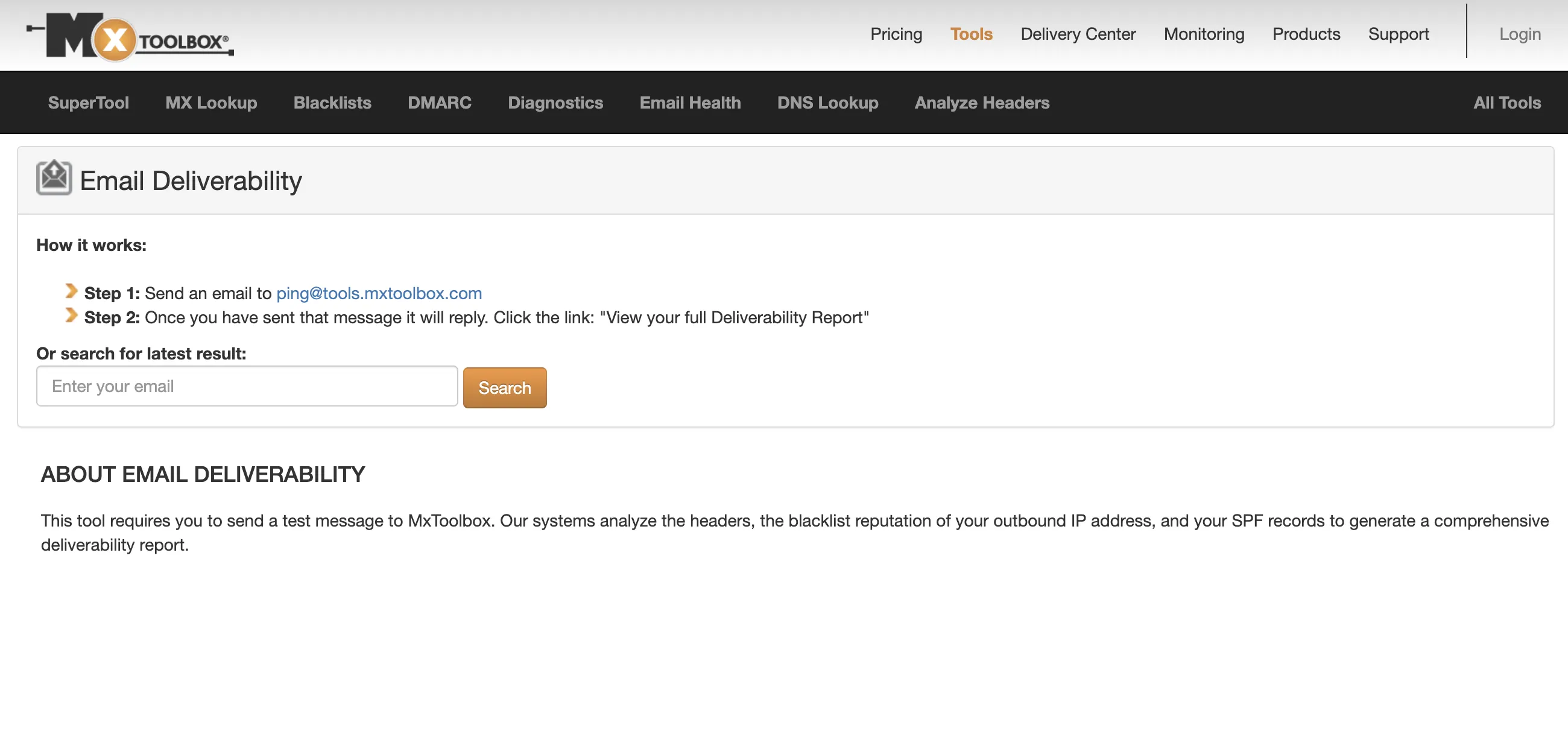
MxToolBox allows you to test your email deliverability by sending a test email to [email protected]. This email address will reply to the email with a linked call to action that says, “View your full Deliverability Report.”
You can then click on the CTA to see a deliverability score and information about what might stop your email from going into inboxes. If you want to see your result later on but no longer have the reply email, you can search for the result using your email address on the MxToolBox site.
Still want to learn more about email deliverability? Watch class six in our HubSpot Academy’s Email Marketing Certification course taught by HubSpot’s Post Master, Tom Monaghan.
Getting Started
Email deliverability has ripple effects, which means the higher the engagement levels are, the better the chances of inbox placement. A lot goes into monitoring your email deliverability rates, such as bounce rates, open rates, and clicks.
As long as you are performing the above best practices and using an email marketing tool that has a strong infrastructure and an in-built email deliverability tool, your email marketing efforts are surely going to reap fruitful results.
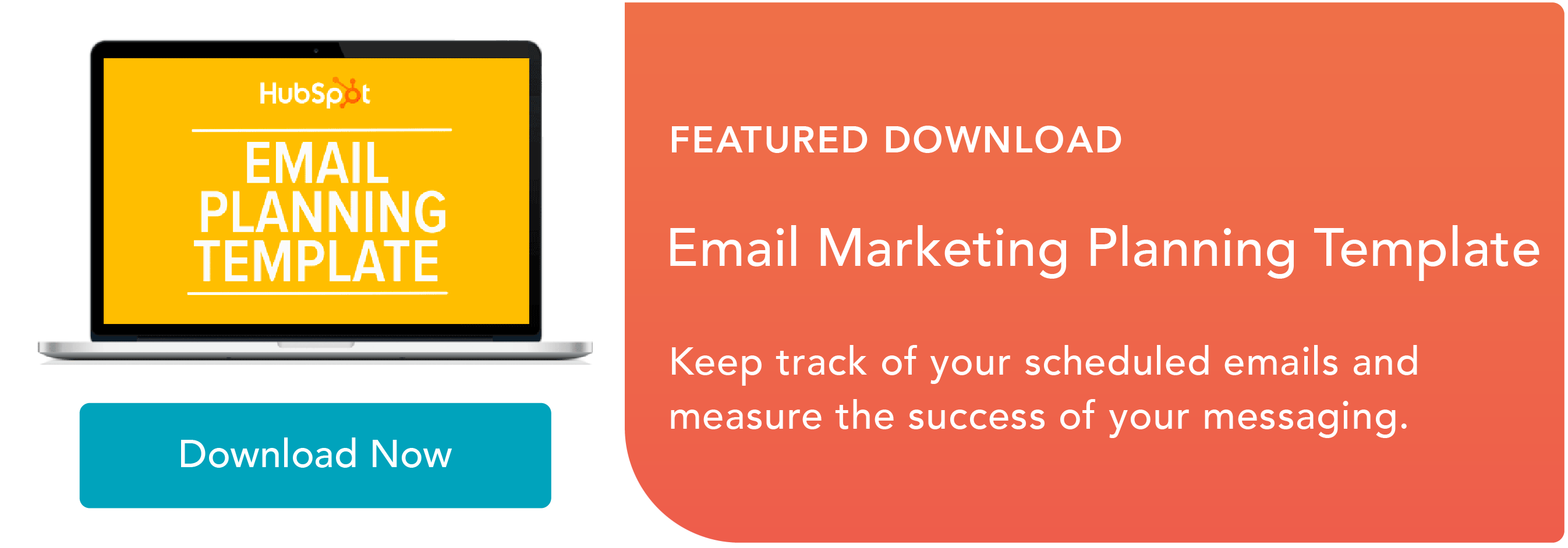

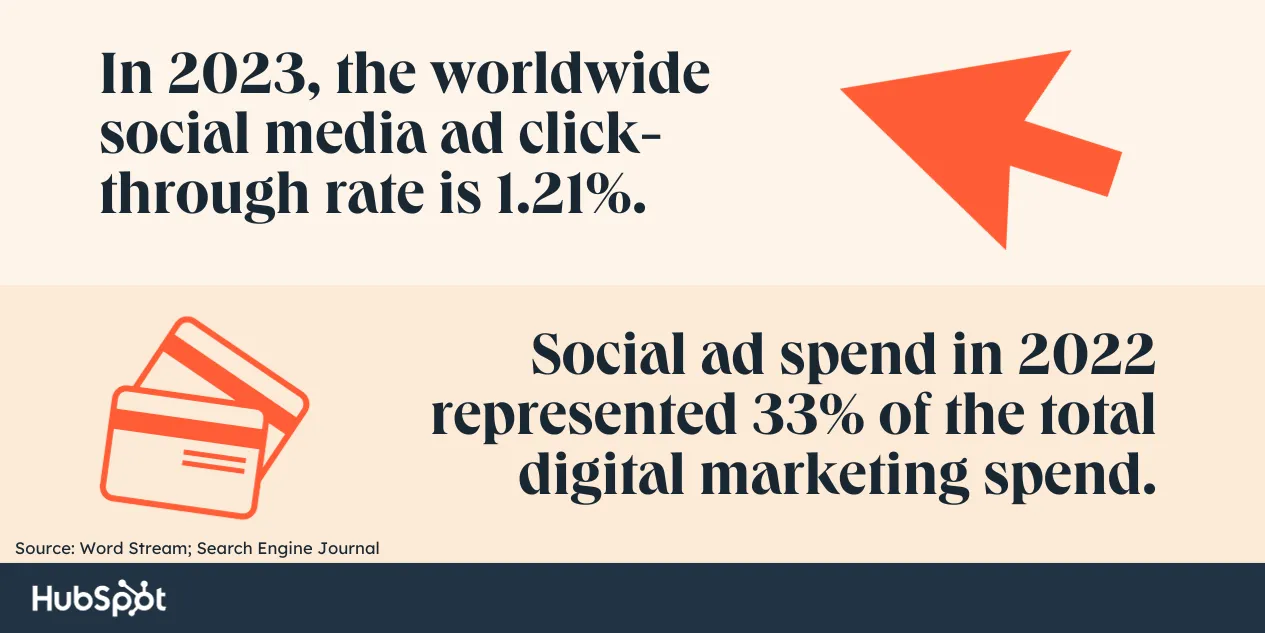
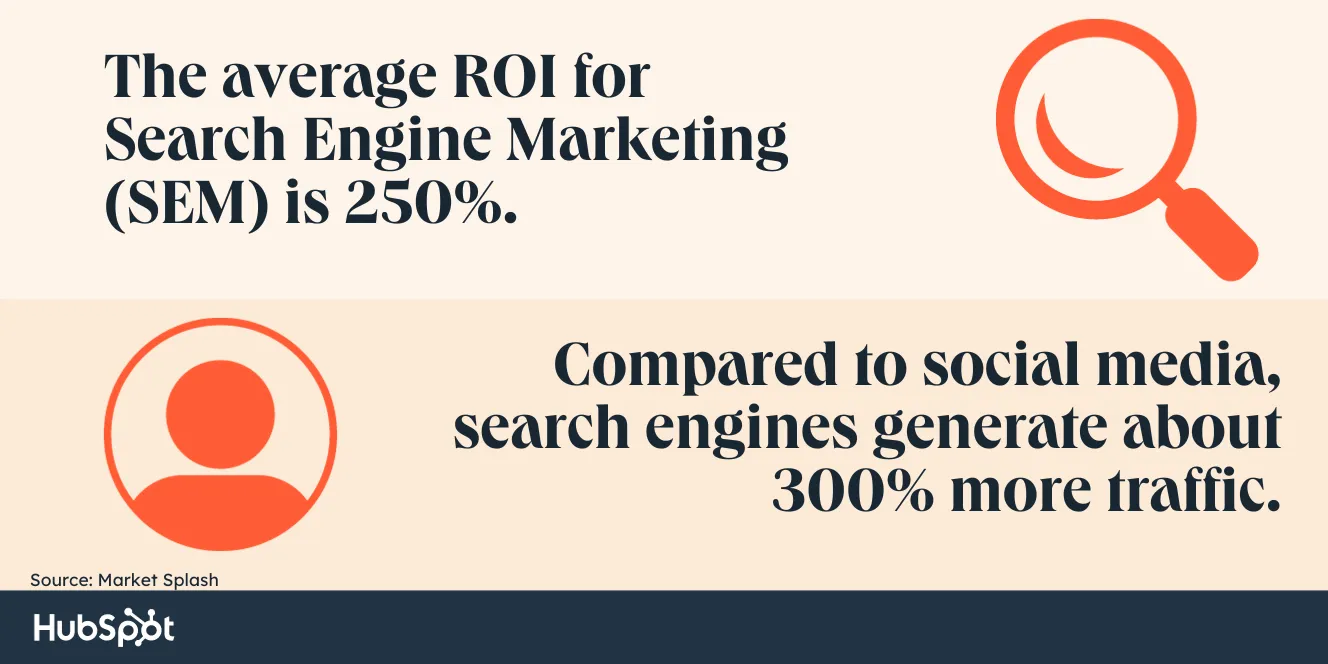
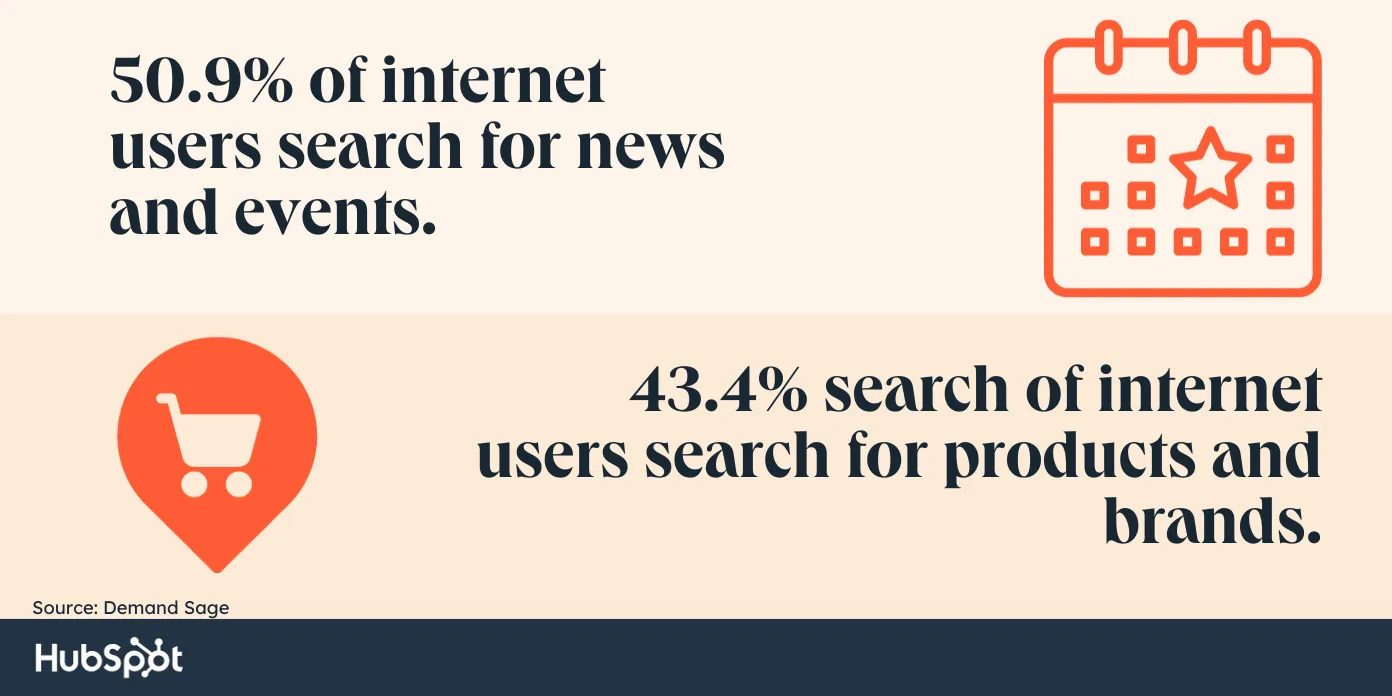
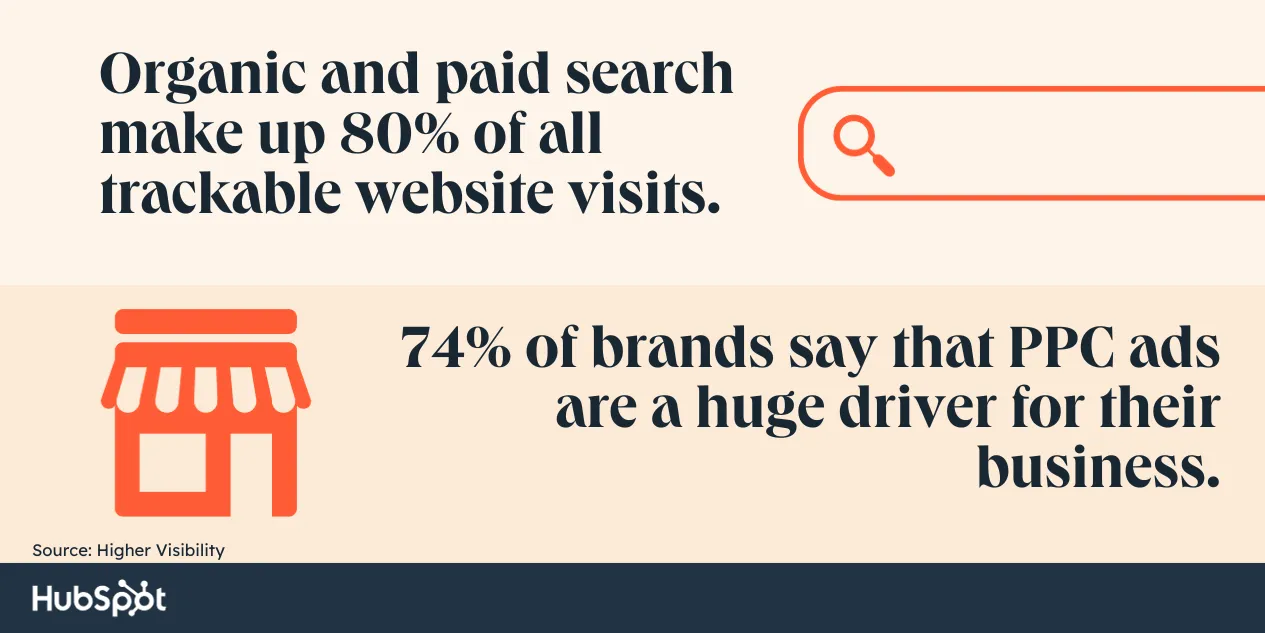
![]()


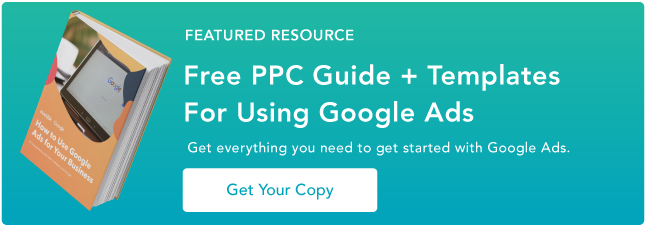
![Download Now: Free State of Marketing Report [Updated for 2023]](https://i4lead.com/wp-content/uploads/2023/12/b0f73a5e-16e4-41fd-9511-8564efc560a7.png)
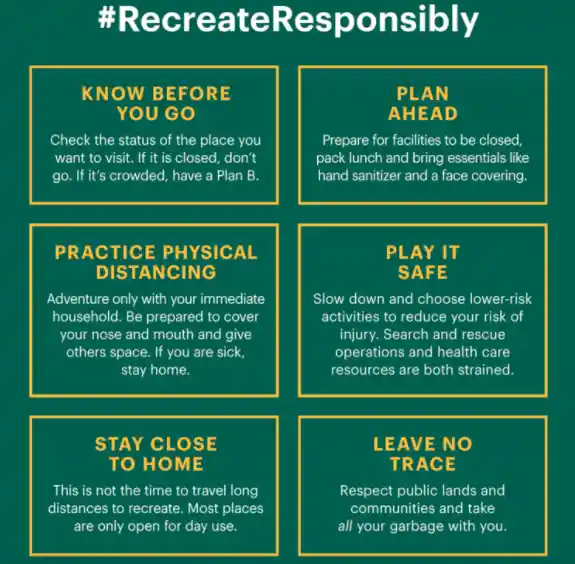











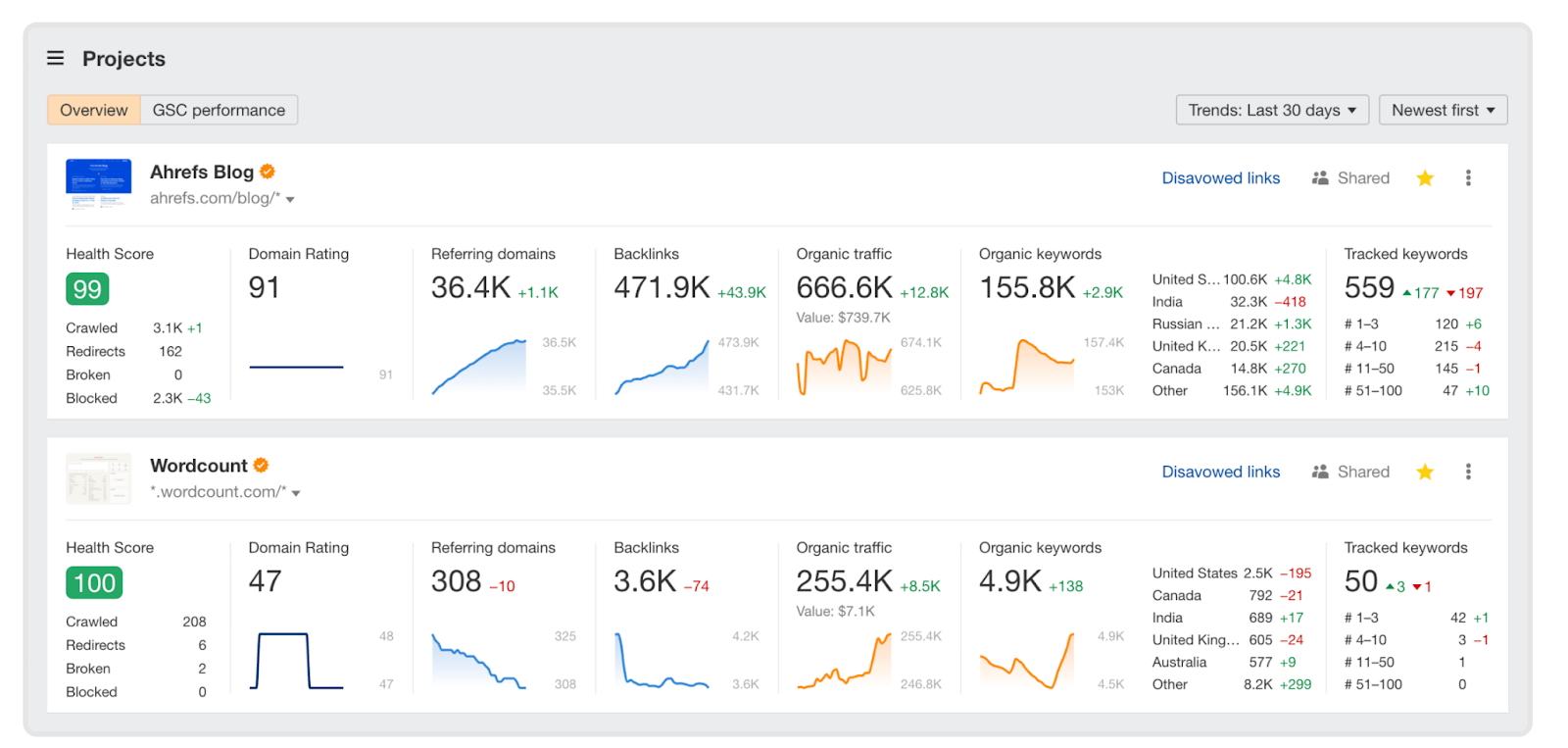
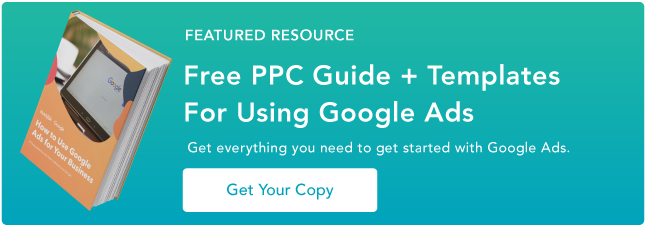
![→ Download Now: Free Product Marketing Kit [Free Templates]](https://i4lead.com/wp-content/uploads/2023/12/08b5e1f4-5d26-405b-b986-29c99bd0cb14.png)

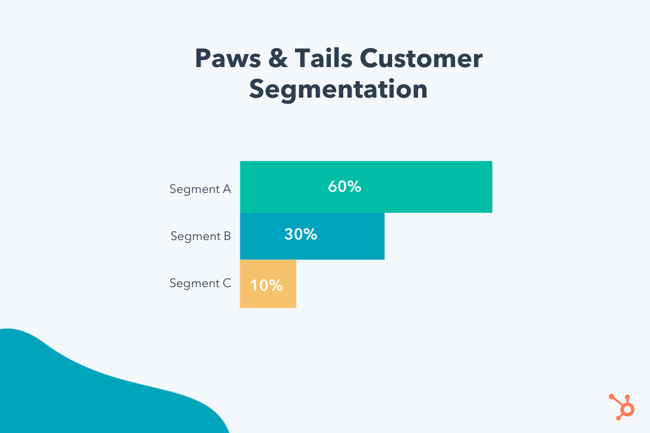

 With countless fast casual restaurants on the map, it’s hard to decide where to eat when you’re in the mood for a quick meal. For some reason, Panera Bread always comes to mind (at least for me).
With countless fast casual restaurants on the map, it’s hard to decide where to eat when you’re in the mood for a quick meal. For some reason, Panera Bread always comes to mind (at least for me). Like dining opinions, there are so many shoe brands on the market. But AllBirds didn’t let that stop it from carving out a new niche in a busy space full of comfortable, active shoe options.
Like dining opinions, there are so many shoe brands on the market. But AllBirds didn’t let that stop it from carving out a new niche in a busy space full of comfortable, active shoe options.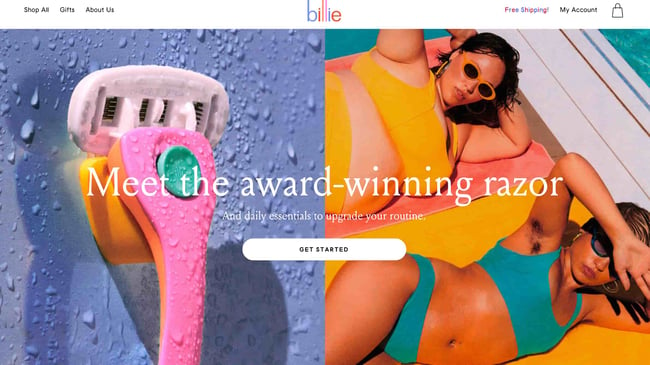


![Download Now: The Complete LinkedIn Playbook [Free Guide]](https://i4lead.com/wp-content/uploads/2023/12/7a0d9044-8940-4714-8dec-1ba4f838ecde.png)
